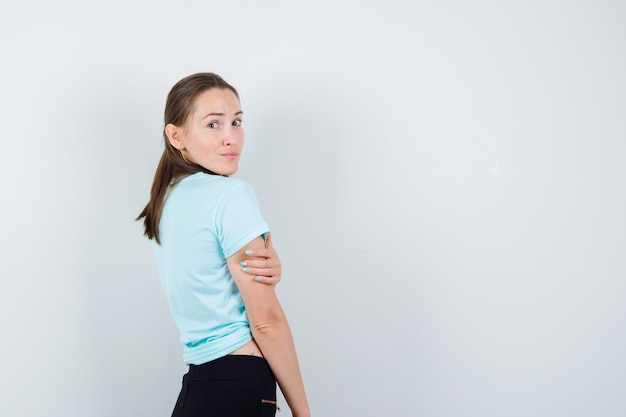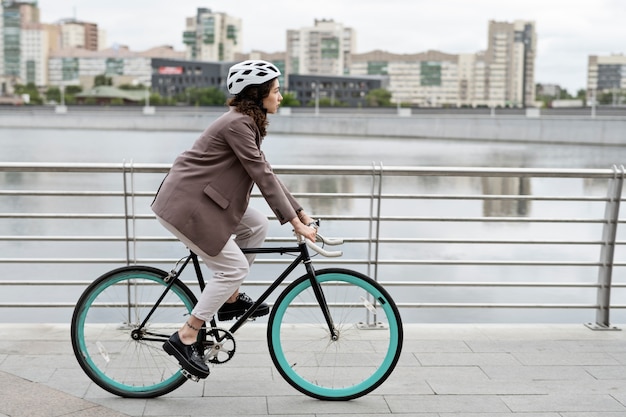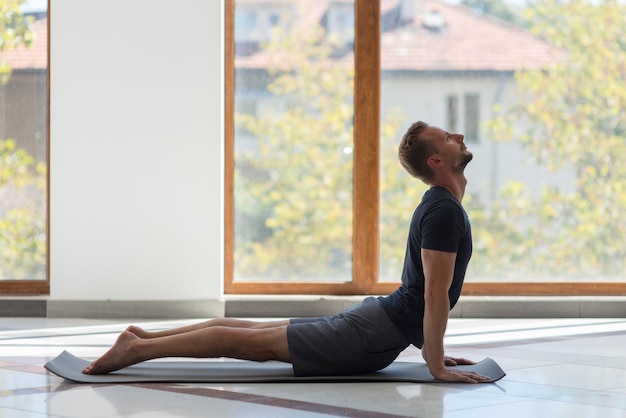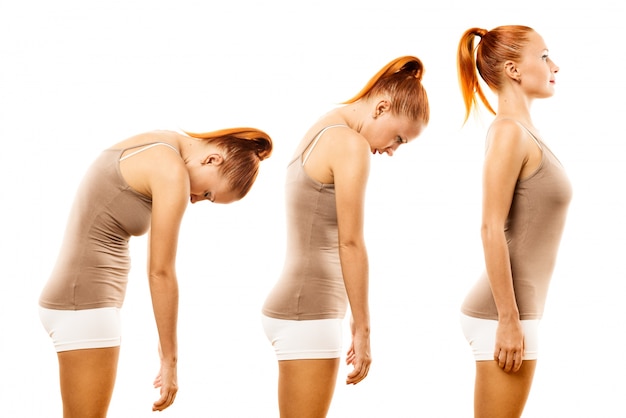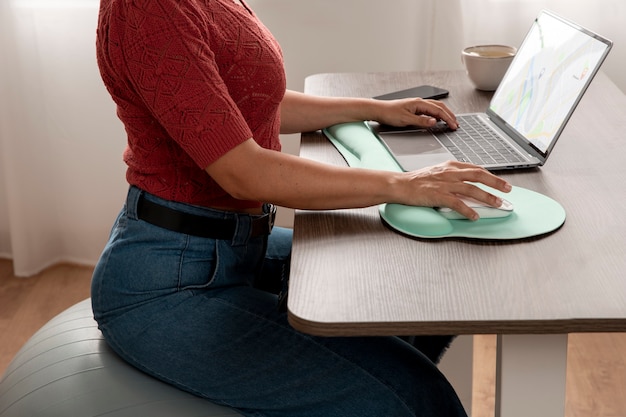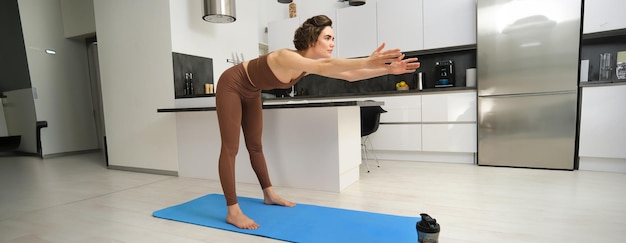Traveler's Guide to Perfect Posture & Ergonomics: Boost Energy and Stay Pain-Free on the Go
Frequent travel—whether for work or leisure—can take a toll on your body. Long flights, cramped seats, heavy backpacks, and unfamiliar workspaces often lead to poor posture and discomfort. But what if you could maintain healthy posture and ergonomic habits no matter where you are? This beginner’s guide delivers practical tips, weekly targets, and safety reminders designed specifically for travelers. By improving your posture and ergonomics, you’ll feel more energetic, focused, and ready to explore.
Why Posture and Ergonomics Matter for Travelers
Posture refers to how you hold your body while sitting, standing, or moving. Ergonomics is the science of designing your environment to fit your body’s needs. Poor posture during travel—like slouching on a plane or hunching over a laptop in a café—can lead to neck pain, back strain, fatigue, and reduced circulation.
For travelers, these issues are amplified by irregular schedules, limited space, and unfamiliar furniture. Over time, poor habits can result in chronic discomfort and decreased energy. The good news? Small, consistent changes can make a big difference.
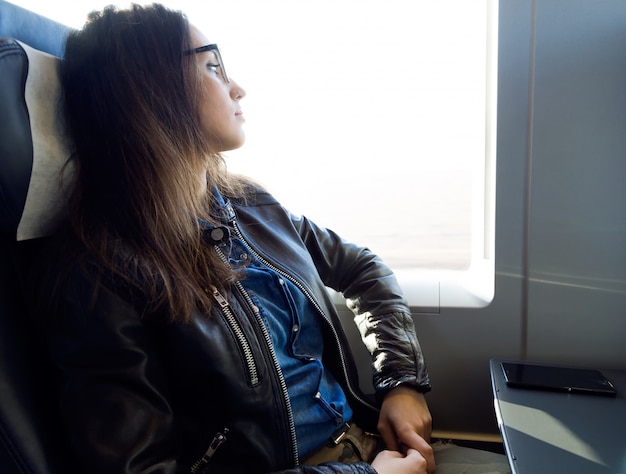
Simple Posture Tips for Travelers
- Sit with support: When seated, keep your back straight and shoulders relaxed. Use a small pillow or rolled-up jacket to support your lower back.
- Align your head: Avoid jutting your head forward when reading or using your phone. Keep your ears aligned over your shoulders.
- Keep feet flat: On planes or in cars, place your feet flat on the floor or use a footrest to maintain proper leg alignment.
- Stand tall: When waiting in line or walking through terminals, engage your core and distribute weight evenly on both feet.
- Switch positions: Avoid staying in one position for more than 30 minutes. Shift your weight, stretch, or walk when possible.
Ergonomic Hacks for Any Location
You don’t need a fancy office to practice good ergonomics. Here’s how to adapt any space:
- Laptop setup: Use a portable laptop stand or stack of books to raise your screen to eye level. Pair it with a separate keyboard and mouse if possible.
- Chair choice: Opt for chairs with back support. If not available, sit on the edge of the seat and lean against a wall or use a travel lumbar roll.
- Lighting: Ensure your workspace is well-lit to avoid leaning forward to see your screen or reading material.
- Bag strategy: Wear backpacks with padded straps and wear both straps. Pack light and distribute weight evenly to avoid shoulder strain.

Weekly Posture & Ergonomics Targets
Building healthy habits takes time. Use these weekly goals to stay on track:
Week 1: Awareness & Assessment
- Notice your posture 3 times a day.
- Take photos of your workspace (hotel desk, café table) and assess alignment.
- Practice sitting with a straight back for 10 minutes, 3 times daily.
Week 2: Small Adjustments
- Use a pillow for lower back support while seated.
- Set a phone reminder to stand and stretch every hour.
- Try one posture-correcting stretch daily (e.g., chin tucks, shoulder rolls).
Week 3: Optimize Your Environment
- Improve your laptop setup using a stand or books.
- Walk for 5 minutes every 2 hours during travel.
- Practice deep breathing while sitting to engage your core and improve posture.
Week 4: Build Consistency
- Complete a 5-minute morning posture routine (stretching and alignment).
- Review your weekly progress and adjust goals as needed.
- Share one tip with a fellow traveler to reinforce your learning.
Safety Reminders for Travelers
Staying safe while improving posture is essential. Keep these reminders in mind:
- Listen to your body: Pain is a signal. If you feel persistent discomfort, adjust your position or seek medical advice.
- Avoid overcorrection: Don’t force your spine into an unnatural position. Aim for neutral alignment, not perfection.
- Stay hydrated: Dehydration can reduce spinal disc elasticity, increasing back pain risk.
- Move regularly: Sitting for long periods slows circulation. Walk, stretch, or do seated leg lifts during flights or drives.
- Pack smart: Keep essential ergonomic tools like a travel pillow, resistance band, or foldable footrest in your carry-on.
Final Thoughts: Travel Well, Feel Energized
Good posture and ergonomics aren’t just for offices—they’re essential for travelers who want to stay healthy and energized. By making small, consistent changes, you can prevent pain, improve focus, and enjoy your journeys more fully. Whether you’re on a red-eye flight or working from a beachside café, your body will thank you for the care you give it.
Start today. Check your posture, adjust your seat, and take a mindful stretch. Your future self—and your travel experiences—will be better for it.






